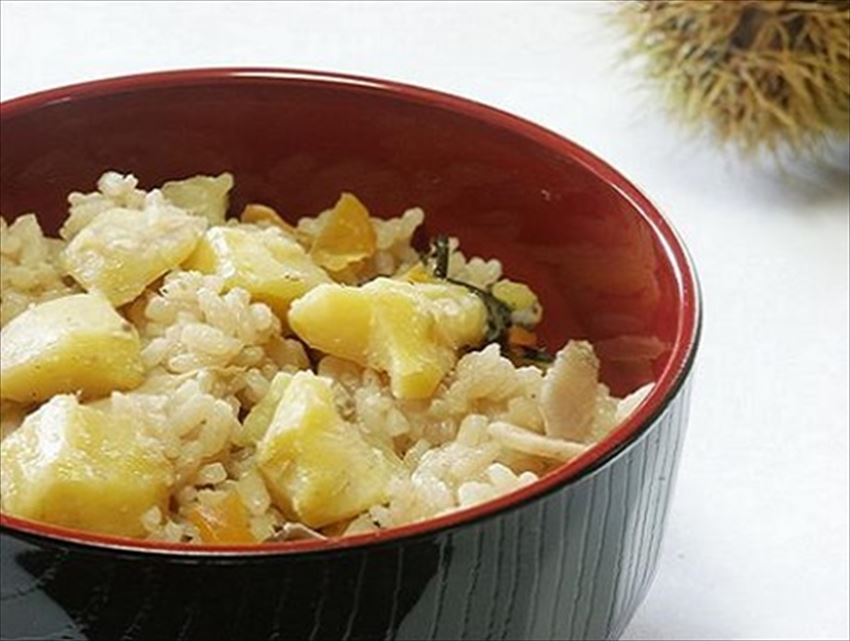Warm up during the cool fall season with tasty and nutritious chestnuts!
※This article was published at December 2014.※
Chestnuts are one of the representative foods of the autumn harvest.
Chestnut flowers bloom around June, and their light green burs turn deep green and fall around September and October, welcoming the harvest season.
Chestnuts are seeds and therefore classified as nuts, and are full of minerals.
However, while nuts are usually high in fat, chestnuts are low in fat and healthy.
They include many nutrients including protein, vitamin C, and potassium, making them a compact but highly-efficient energy food.
For this reason, chestnuts have been cultivated since as far back as the Jomon period, during which they served as an important source of nutrients that supported the health of people long ago.
The Sannai-Maruyama site in Aomori Prefecture is one of the largest Jomon period village ruins.
Many chestnut trees and fallen chestnuts have been excavated from this site, which suggests that chestnuts have been a food very familiar for Japanese people since ancient times.
Chestnuts are not only high in nutrients, but they also have an excellent flavor and texture.
They are warming and delicious if you simply roast or boil them, and they also really make dishes stand out when they are used as an ingredient.

One representative type of Japanese cuisine that uses chestnuts is rice cooked with chestnuts (kuri gohan).
By cooking rice after mixing in chestnuts, kelp, salt, and mirin, you can fully experience the delicious taste of new rice.
In addition to cooking, chestnuts are well-loved as an essential ingredient for sweets such as mont blanc, sweet stewed fish (kanroni), ice cream, and pudding.
